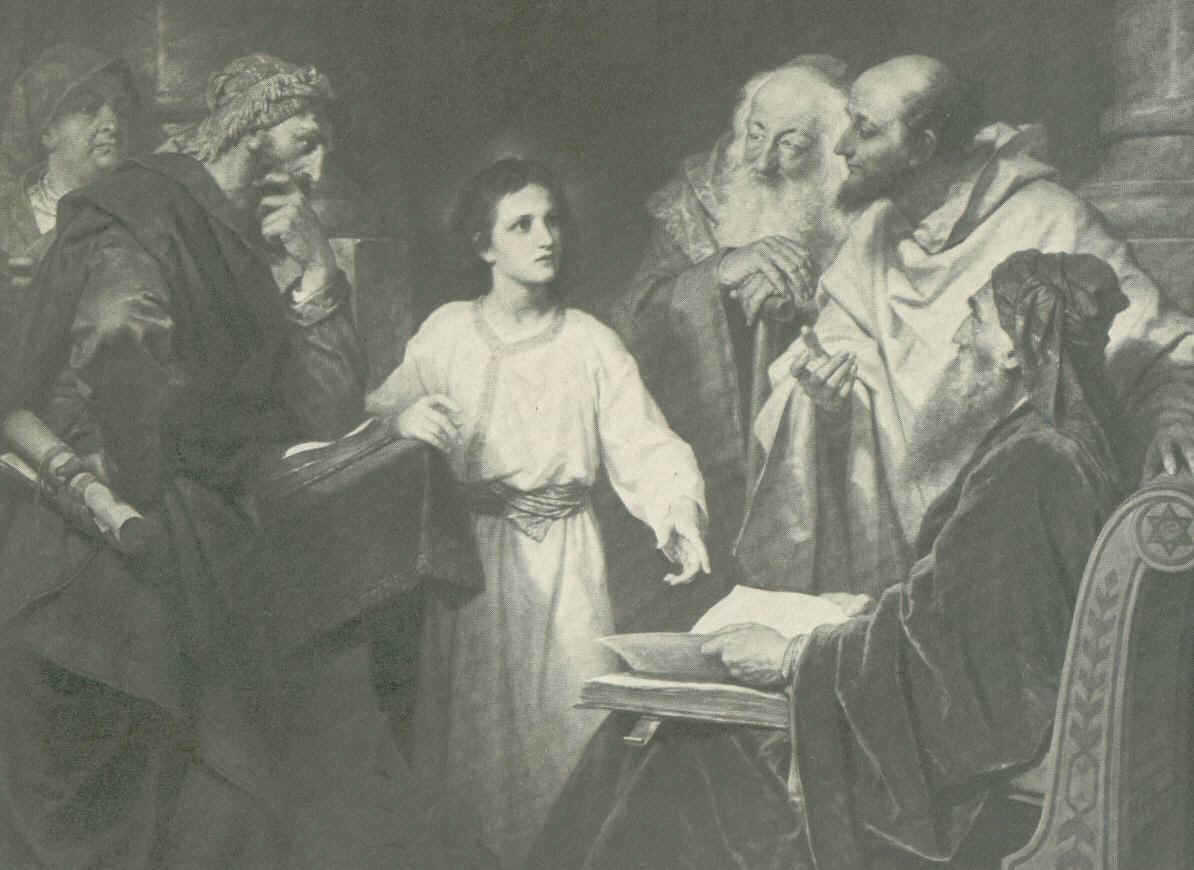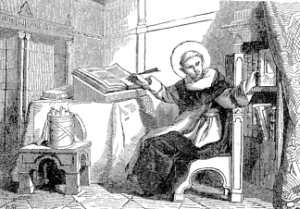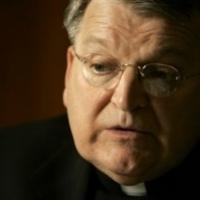Why Detroit’s plan for parishes is in accord with canon law and sound theology
The Archdiocese of Detroit’s plan to bring the civil status of parishes and their properties into line with Catholic canon law (and for that matter, with sound ecclesiology) is unusual only in that too few arch/bishops have undertaken to do likewise in their respective churches. Let’s recall the example of one bishop who did.
Back in 2003, Bp. Robert Vasa, then of the Diocese of Baker OR, undertook a tedious task.
Knowing canon law (which regarded parish property as belonging to parishes, not to dioceses, and certainly not to bishops, per Canons 515 § 3 and 1256), aware of Roman directives dating back a century (see Canon Law Digest II: 444-445) to avoid confusion in this regard, and alert to the post-conciliar ecclesiology of the parish community (Lumen gentium 26, Christus Dominus 30, and Canon 515 § 1) which respected parishes as legitimate churches, Vasa carefully set about distinguishing parishes and their assets from the diocese and its bishop (which Oregon’s old ‘corporation sole’ model for handling parishes and dioceses struggled to do), by separately incorporating all of the parishes of the Baker diocese and re-registering the properties already canonically assigned to parishes as properties civilly belonging to each parish.
Because, however, the Baker diocese also faced, about that time, more in clergy sexual abuse claims than the diocese was financially worth, Vasa’s project, which gave the appearance of reducing the number and worth of Church assets that till then had been perceived (understandably, but wrongly) as being diocesan property, was lambasted by plaintiff’s attorneys who suspected Vasa’s move was some kind of ‘asset hiding’ or a ploy to dodge payments to abuse victims. It was, of course, no such thing, and in one of my earliest blogs (here, scroll to February 5), I said so.
Anyway, plaintiff’s lawyers obtained (to no one’s great surprise) a temporary restraining order against Vasa’s incorporation and property registration plans but, upon demonstration that his project was supported by factors having nothing to do with avoiding responsibility to abuse victims, that TRO was soon lifted and the reorganization was completed.
Fast forward to 2018, wherein Abp. Allen Vigneron is undertaking a similarly tedious task, i.e., separately incorporating AOD parishes and civilly re-registering, as parochial, properties that canonically belong to those parishes. Predictably, his move is being blasted in various outlets as ‘asset hiding’, including by quoting some plaintiffs’ lawyers who dismiss this sound application of canon law as mere “club rules”. Such contempt from American attorneys for the canon laws by which the Catholic Church carries on her mission is nothing new, of course. Canon lawyers have seen such disparagement of Church law for, oh, about a thousand years before there even was this thing called American law. It will doubtless be repeated by others equally ill-informed.
Meanwhile, ironically, it is Vigneron who, like Vasa before him, respecting Church law and heeding the ecclesiology of parish and diocese, is being criticized for acting after his predecessors had done little or nothing to address this serious disconnect between the canon and civil laws regarding the basic structure of parishes and the registration of their property.



Comments are closed.